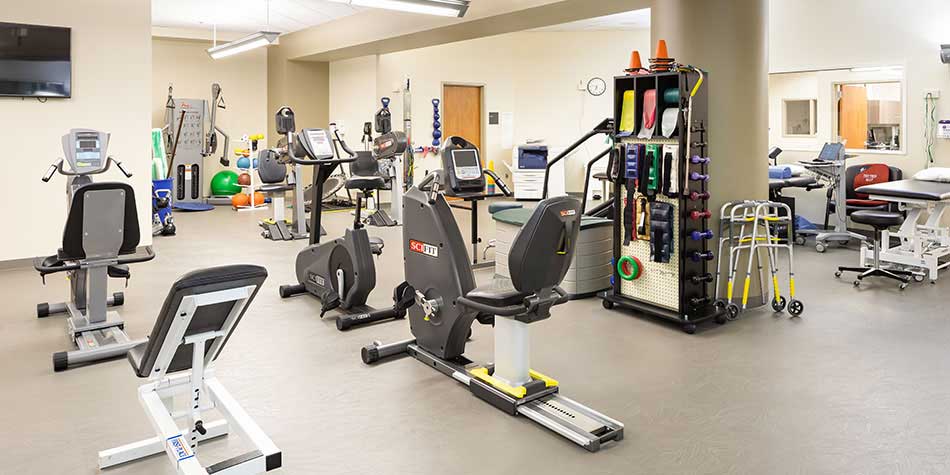Learning Frequent Athletic Injuries as well as Effective Recovery Plans for Sports Players
Learning Frequent Athletic Injuries as well as Effective Recovery Plans for Sports Players
Blog Article
Athletic traumas are common among athletes of every ages and skill levels. These injuries can occur in various types, including sprains, strains, fractures, and tendon inflammation. Comprehending the types of injuries that can occur during athletic activities is essential for both avoiding and treatment. Ligament injuries, for instance, entail the overextending or rupturing of ligaments, which link skeletal structures at a articulation. Muscle injuries, on the other hand, impact muscle tissues or tendons, which connect muscle tissues to skeletal structures. Recognizing these injuries promptly can help sportspeople obtain appropriate care and come back to their activity more rapidly.
One of the most commonly observed injuries in athletics is the ankle sprain. This trauma often happens when an individual lands ungracefully or twists their ankle during a match. Signs of an ankle sprain include pain, inflammation, and trouble moving. Prompt treatment typically includes the R.I.C.E. method, which stands for Recovery, Ice, Compression, and Elevation. This method helps minimize inflammation and discomfort. In more severe situations, physical treatment may be necessary to regain power and flexibility to the ankle before returning to sports.
Another frequent trauma is a muscle injury, which can happen in any sport that requires quick actions or heavy lifting. Sportspeople may suffer a muscular strain when they stretch a muscle too far or when they exert too much force. Signs include sharp discomfort, swelling, and muscle contractions. Recovery for muscular injuries often includes gentle flexibility exercises and conditioning workouts. Slowly raising exercise levels is crucial to avoid re-injury. Sportspeople should work tightly with a physical specialist to develop a secure and from this source effective recovery plan.
Tendon inflammation is another trauma that can affect athletes, particularly those who engage in repetitive motions, such as joggers or aquatic athletes. This issue occurs when a tendon structure, which links muscle to skeletal structure, gets swollen. Common areas affected by tendonitis include the elbow, upper arm, and leg. Signs often include pain and rigidity, especially during activity. Care for tendon inflammation usually includes recovery, ice, and pain-relief medications. In certain situations, physical therapy may be recommended to enhance flexibility and strength in the injured area.
Preventing sports traumas is just as crucial as treating them. Athletes can reduce their chance of trauma by warming up properly before activities, using the appropriate gear, and keeping good fitness condition. Strength conditioning and stretching exercises can help ready the physique for the demands of sports. Additionally, sportspeople should listen to their bodies and allow breaks when needed. By comprehending frequent sports injuries and applying efficient rehabilitation strategies, sportspeople can remain fit and participate in their favorite athletic activities for a long time to come.